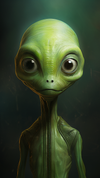Independence Day and the Legacy of Sci-Fi Alien Invasions
Released this week in 1996, "Independence Day" revived the alien invasion genre and reflected American resilience in science fiction storytelling.
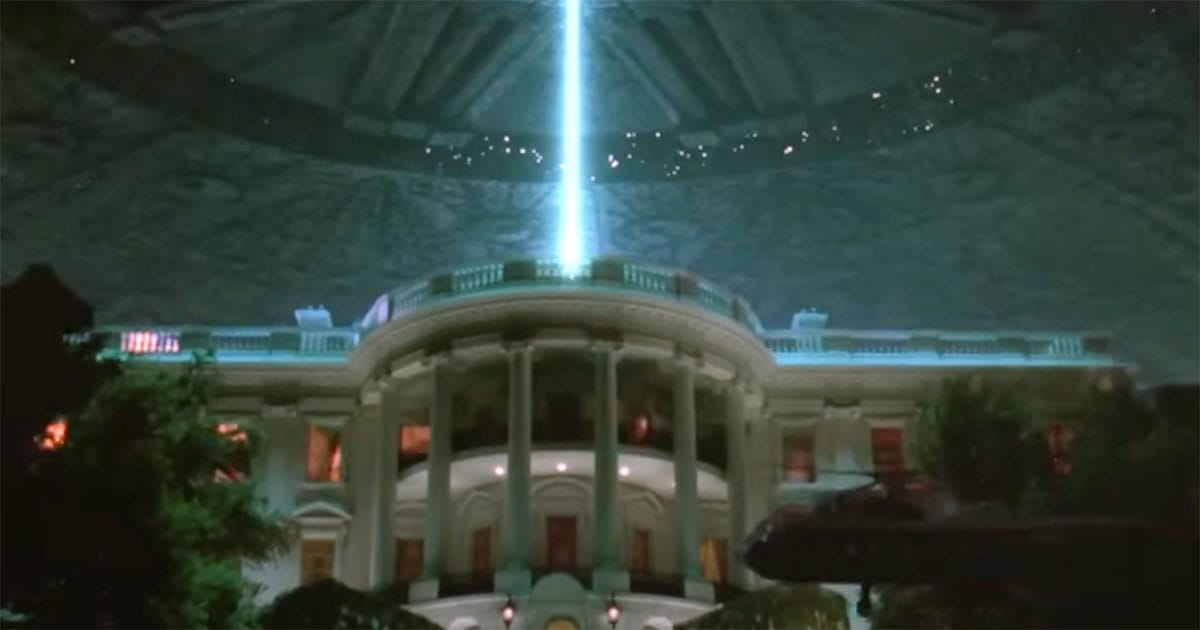
This Week in Classic Science Fiction - Independence Day brought Aliens to Earth
In July 1996, American moviegoers saw a White House explode on the big screen—and they loved it.
"Independence Day" debuted nationwide just ahead of the holiday, and within days, it became a cultural phenomenon. The film blended large-scale destruction with patriotic bravado and a message of unity in the face of alien invasion.
President Whitmore's speech, delivered by Bill Pullman, became an unexpected classic. Modeled after Shakespeare's Henry V, it gave the film its title and emotional core. Paired with practical effects—like a five-foot miniature of the White House—"Independence Day" proved that old-school filmmaking still had teeth. The movie earned over 800 million dollars and revived the sci-fi disaster epic for a new generation.
It's easy to forget how rare films like this once were. Before streaming and shared universes, a summer blockbuster meant aliens, fighter jets, and Jeff Goldblum uploading a virus. If you haven't watched it lately, this is the week to revisit the spectacle that redefined Independence Day—not just the holiday, but the sci-fi event.
Sponsor: "I Got This" Alien Invasion T-shirt
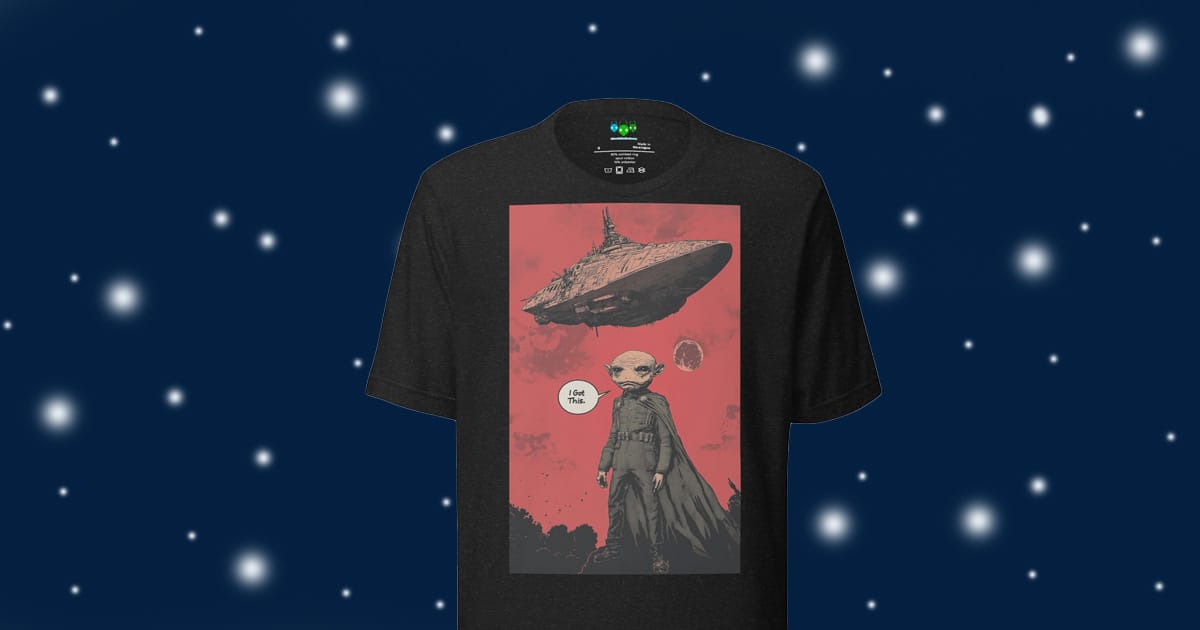
Whether you're holding the line against a mothership or just heading out for coffee, this "I Got This" tee lets everyone know you're ready for anything. Inspired by classic alien invasion bravado, it’s the perfect gear for sci-fi fans who like their confidence as bold as their fashion.
When the Sky Fell: Alien Invasion and American Resilience in Science Fiction
Ever since H. G. Wells penned "The War of the Worlds" in 1898, science fiction writers have used alien invasions to examine what makes humanity worth saving. When the sky fills with fire and the unknown descends, these stories often turn not to technology but to courage, sacrifice, and faith. In American science fiction, the alien invasion story frequently reflects the nation's self-image. It presents a people who are resilient, inventive, and willing to stand united in the face of annihilation.
Cold War Shadows
During the Cold War, the alien menace became a stand-in for the threat of communism, foreign ideologies, or nuclear war. Films like "The Thing from Another World" and "Earth vs. the Flying Saucers" did not ask viewers to understand the invaders. They asked viewers to resist them. Victory came through resolve, not diplomacy.
The message was simple. Survival depends on strength and moral clarity.
Warnings from Above
But not all alien stories are about combat. "The Day the Earth Stood Still" offered a vision where judgment comes not through destruction but through warning. Klaatu's ultimatum was not a call to arms but a call to conscience. The film asked Americans to consider how their actions might appear from a higher perspective.
It reflected a moment when science fiction reached beyond fear and offered hope through humility.
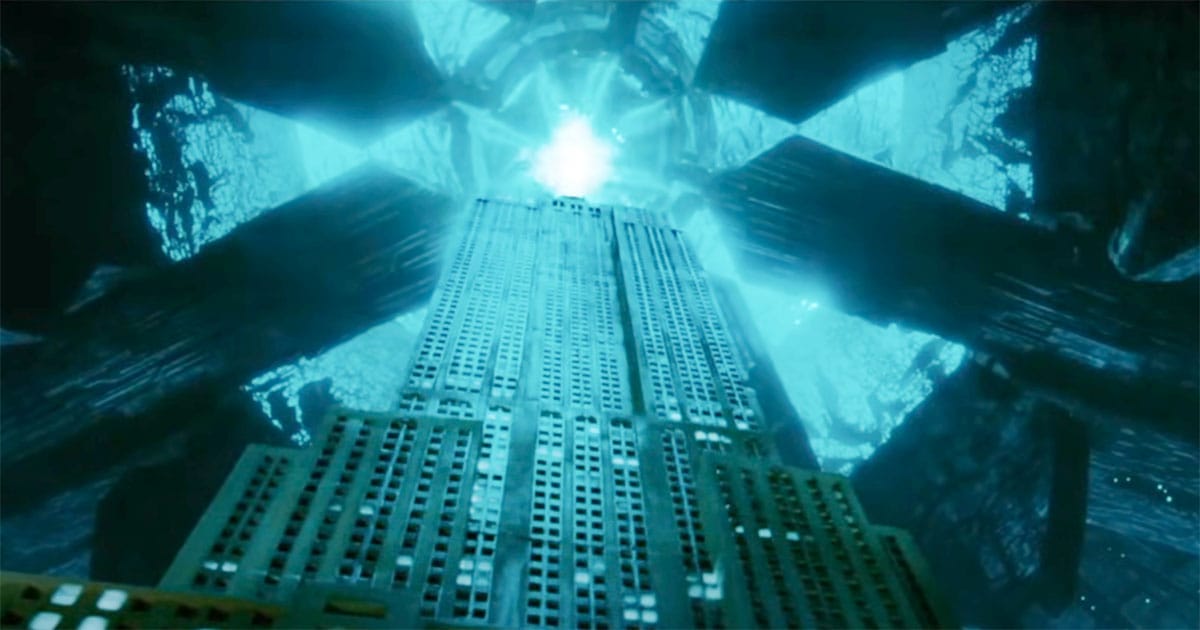
The Human Response
By the 1970s and 1980s, the genre expanded again. "Close Encounters of the Third Kind" and "E.T. the Extra-Terrestrial" presented aliens as mysterious but not malevolent. Curiosity and kindness became tools of survival. These films suggested that American values included not only defense but decency.
They reminded audiences that the unknown does not always arrive as a threat.
Revival through Spectacle
Still, the idea of invasion has endured. It returned in full spectacle with "Independence Day," which revived the alien invasion as both summer entertainment and national metaphor. Released in the first week of July 1996, the film's timing amplified its message of unity and defiance. In an era unsure of its enemies, "Independence Day" presented a conflict that was simple, clear, and morally absolute.
It told viewers that bravery, unity, and even prayer still mattered.
Everyday Heroes
In many alien invasion stories, the heroes are not generals or politicians but ordinary people. A scientist, a farmer, a radio operator—these are the characters who uncover the truth or make the critical choice. In "War of the Worlds," it is not military firepower but a natural virus that saves mankind. The implication is not that science fails but that providence intervenes.
Even when outgunned, humanity has allies it cannot see.
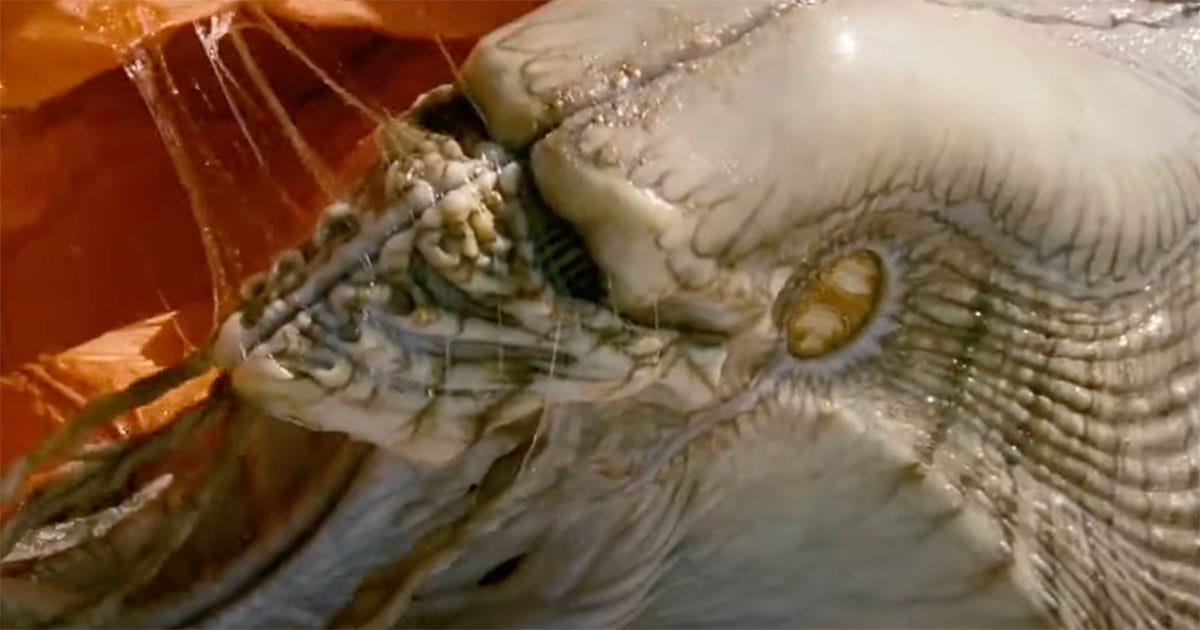
The Measure of Character
American science fiction has often framed alien invasion as a test of character. The threat is not only to cities and nations but to human identity itself. Do we turn on each other or stand together? Do we preserve what is noble or abandon it to survive?
The answers to these questions reveal what the genre believes about the human spirit.
Old Lessons and New Reflections
Modern science fiction sometimes reimagines the alien not as an enemy but as a mirror. Shows like "The X-Files" or films like "Arrival" examine contact through ambiguity and mistrust. But the classic invasion narrative still holds power. It offers a story where evil is real, good can prevail, and men and women of courage can rise to meet a cosmic challenge.
Why the Story Endures
As we reflect on the legacy of alien invasion in science fiction, we see not just paranoia or spectacle. We see a recurring call to examine what we value and why we fight. Whether the enemy comes with lasers or ultimatums, the response in these stories is often the same. Hold fast, stand firm, and remember who we are.
That perhaps is what makes these tales endure.
Because when the sky falls, the question science fiction asks is never just about the aliens. It is about us.
Independence Day Trivia
- The iconic flying saucers in "Earth vs. the Flying Saucers" from 1956 were created using stop-motion animation by Ray Harryhausen.
- In "The Day the Earth Stood Still," actor Michael Rennie was cast as Klaatu because director Robert Wise wanted someone who looked authoritative without being overly familiar to American audiences.
- The final attack scene in "Independence Day" used a miniature White House that was blown up with real explosives and captured in one take using multiple cameras.

